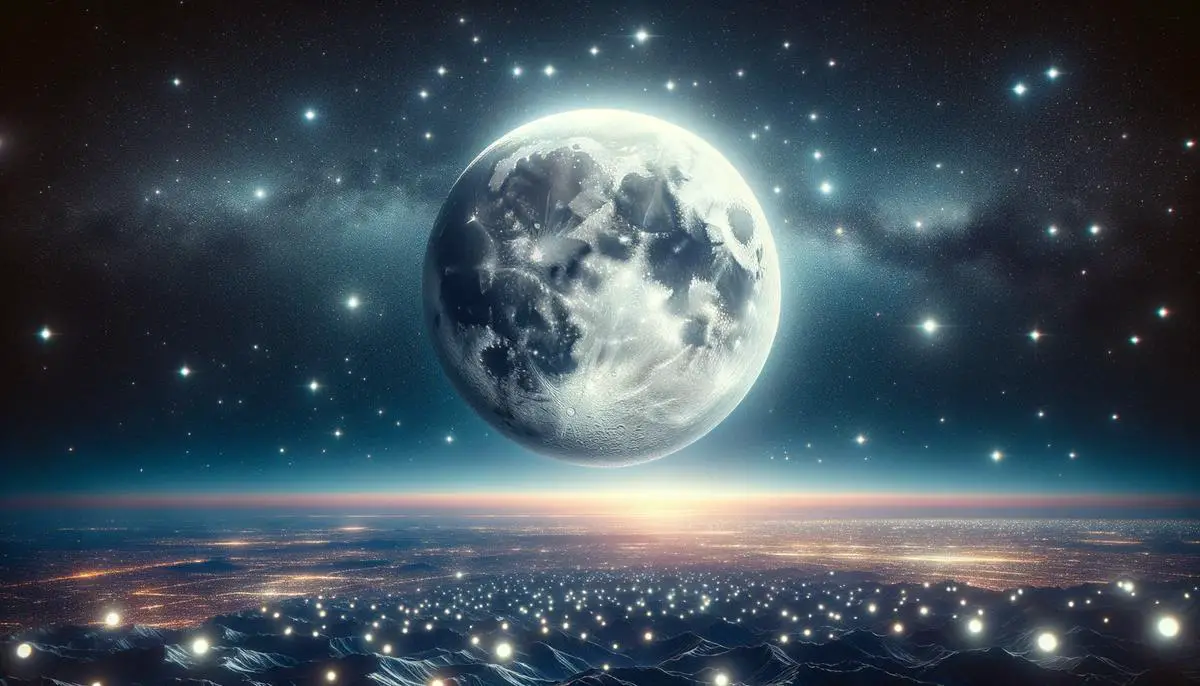The Phenomenon of the Full Moon
The Full Moon occurs when Earth is positioned directly between the Sun and the Moon. This alignment allows the Sun to fully illuminate the Moon's Earth-facing side. The Moon's orbit around our planet causes the angle of sunlight hitting the lunar surface to change continually, resulting in different phases.
Starting from a New Moon, where the Moon is nearly invisible, the light grows gradually. The initial, thin slice of light is the waxing crescent phase. As it progresses, we see the First Quarter, with half the Moon illuminated. Moving further, the Moon enters the waxing gibbous phase, glowing more each night. Complete illumination signifies the Full Moon. This cycle, known as a synodic month, lasts approximately 29.5 days.1
Each month's Full Moon has a unique traditional name, rooted in cultural and natural events. These names, guided by Native American, Colonial American, and various North American traditions, resonate with nature and seasonal changes.2 From January's Wolf Moon to December's Cold Moon, each name embodies a distinct aspect of the natural world.
Supermoons, Blue Moons, and Harvest Moons are notable variations. Supermoons happen when a Full Moon coincides with its closest approach to Earth, appearing larger and brighter. Blue Moons, the second Full Moon in a single month, occur roughly every 2.7 years.3 Harvest Moons, closest to the autumnal equinox, historically provided extended light for harvests.
The Full Moon influences Earth's tides due to its gravitational pull, causing significant tidal changes during its alignment with the Sun. While stories link Full Moons to various human behaviors, scientific studies largely do not support these claims.4
Understanding the Full Moon involves recognizing its scientific roots and cultural significance. The changing phases and traditional names offer a rich tapestry of natural and historical insights, connecting us to the rhythms of the universe.
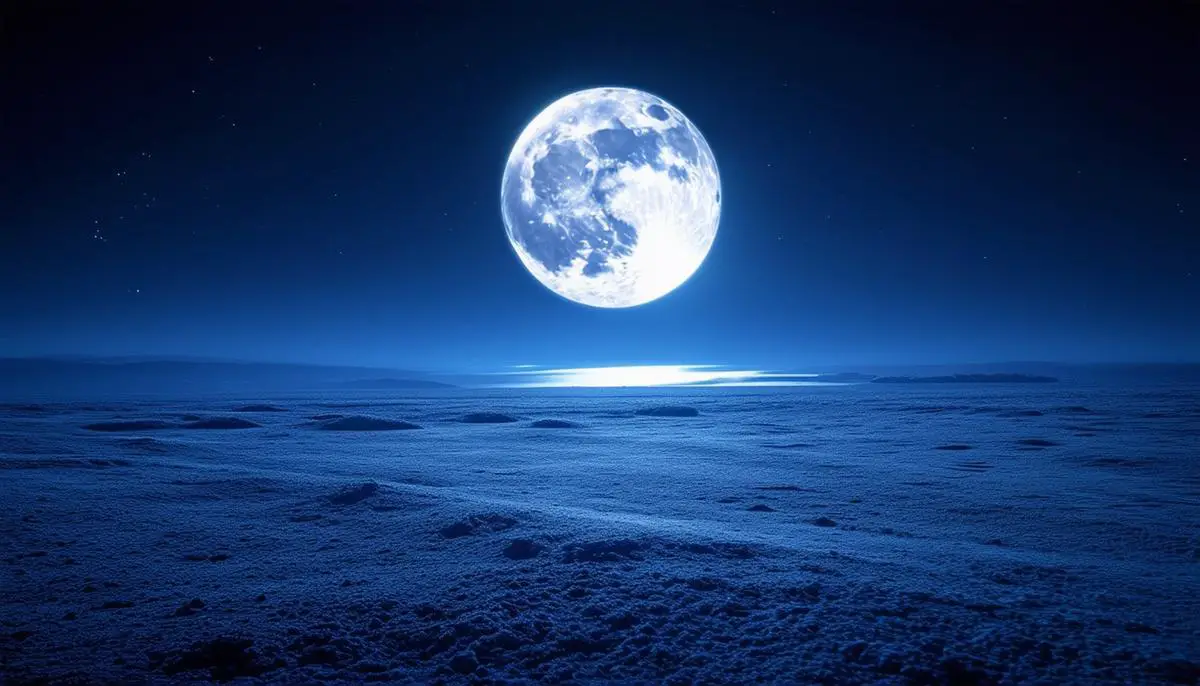
Different Types of Full Moons
Supermoons are a breathtaking lunar event, describing a Full Moon that coincides with the Moon's perigee, the point in its elliptical orbit when it's closest to Earth. This proximity can make the Moon appear up to 14% larger and 30% brighter than at its farthest point, or apogee.5 Witnessing this enchanting spectacle fosters a profound sense of connection to the universe.
Blue Moons refer to the second Full Moon within a single calendar month, a rare occurrence that happens about once every 2.7 years. While the Moon itself doesn't change color, certain atmospheric conditions like volcanic eruptions can occasionally lend it a bluish hue. The term "once in a Blue Moon" symbolizes rarity and unpredictability.
The Harvest Moon occurs closest to the autumnal equinox, typically in September. Unlike other Full Moons, it rises almost immediately after sunset, offering prolonged evening light. Historically valuable for farmers harvesting crops, the Harvest Moon today serves as a marker of transition from summer to fall, encouraging reflection and gathering loved ones.
Each type of Full Moon brings unique conditions and histories. Supermoons reveal the dance of celestial mechanics, Blue Moons involve intricate calendar alignments, and Harvest Moons are steeped in agricultural tradition. They invite us to view the night sky with fresh eyes and deeper awareness, appreciating the interplay of natural forces that shape our world.
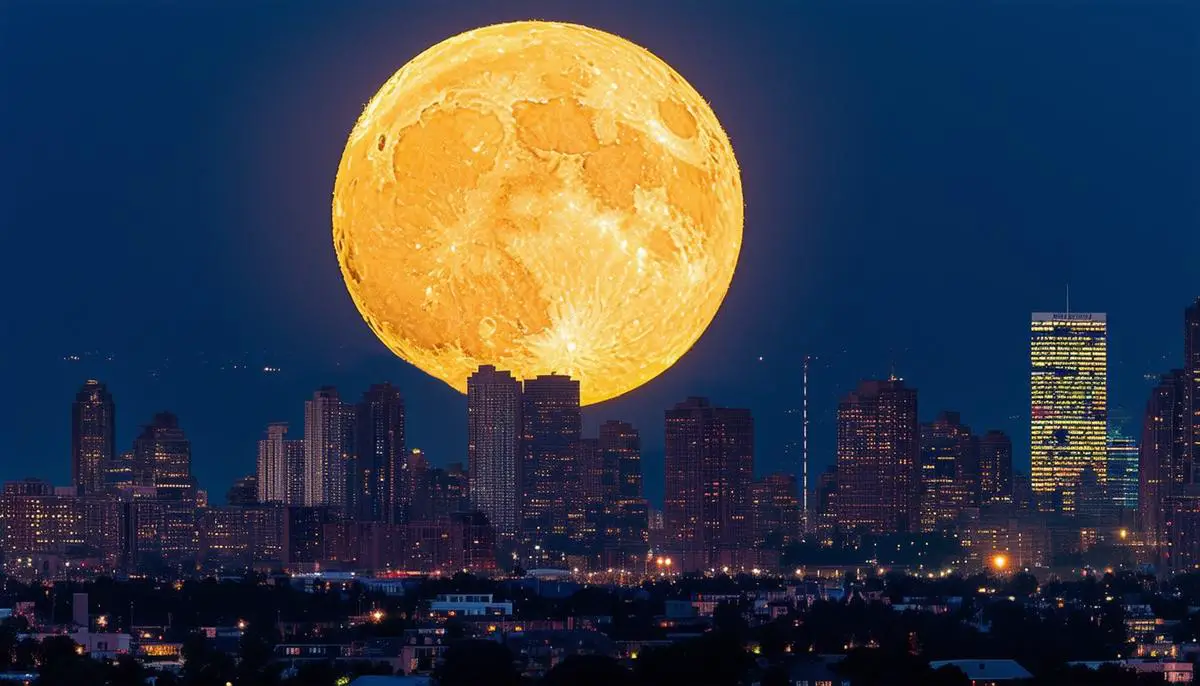
Phases of the Moon
The Moon's ever-changing alignment with Earth and the Sun results in eight distinct phases, each offering a unique glimpse of our lunar companion.
- New Moon: The New Moon marks the initial stage of the lunar cycle, with the Moon positioned between Earth and the Sun. The side facing us is shrouded in darkness, providing an ideal opportunity for stargazers to search for faint celestial objects against a pristine, star-studded backdrop.
- Waxing Crescent: As the Moon orbits, it enters the waxing crescent phase, with a slender sliver of light emerging on the right side. This visually enchanting phase symbolizes new beginnings and fresh starts in various cultural and spiritual traditions.
- First Quarter: The First Quarter phase, halfway from New to Full Moon, shows half of the Moon's face illuminated. It represents balance and progress, reminding us that the journey is as meaningful as the destination.
- Waxing Gibbous: The waxing gibbous phase follows, with more than half of the lunar surface bathed in sunlight. This stage builds anticipation for the upcoming Full Moon.
- Full Moon: A Full Moon occurs when the Moon is directly opposite the Sun, with Earth in between. The entire lunar face gleams brightly, often drawing people outdoors to marvel at its luminous beauty. This phase emphasizes wholeness, fulfillment, and the completion of cycles.
- Waning Gibbous: After the Full Moon, the waning gibbous phase begins, with the light starting to decrease. This phase gently reminds us of life's transient nature and the beauty in letting go.
- Last Quarter: The Last Quarter phase, with the opposite half illuminated compared to the First Quarter, encourages reflection and reevaluation, sparking introspection about progress and paths to be taken.
- Waning Crescent: Finally, the waning crescent phase sees the illuminated portion reduce to a thin crescent on the left side, eventually fading back into the New Moon. This phase heralds closure and rest, signaling the end of one cycle and the anticipation of a new beginning.
Each phase transitions smoothly into the next, lasting around 3.69 days on average.6 Understanding these phases enhances our appreciation of the celestial show unfolding above us, highlighting the interconnectedness of the Moon, Earth, and the Sun.
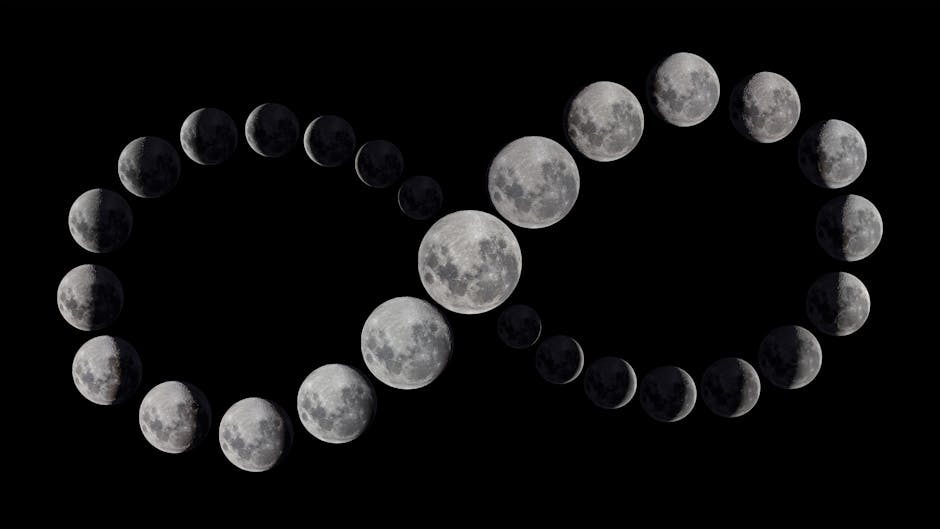
The Phenomenon of the New Moon
The New Moon, cloaked in mystery and shadow, positions itself between Earth and the Sun, leaving the side facing us in darkness. This absence of light veils it from the naked eye, but its position plays a crucial role in the celestial ballet above.
During a New Moon, the sky becomes a breathtaking canvas for stargazers, free from the Moon's brilliance that often overpowers subtler stars. The pristine darkness reveals the splendor of the Milky Way and other celestial wonders, offering a unique hush and a serene interplay of shadow and starlight.
Earthshine, also known as "the old Moon in the new Moon's arms," is an enchanting phenomenon linked with the New Moon. It occurs shortly before or after the New Moon phase, presenting an almost mystical glow. Earthshine is a delicate illumination of the shadowed part of the Moon, caused by sunlight reflecting off Earth's surface and back onto the Moon.7 This creates a soft, ethereal light on the dark portion of the lunar disk, visible alongside the bright crescent.
Earthshine is best observed during the waxing or waning crescent phases. The slender crescent of the Moon is lit brightly, with the rest of the lunar surface bathed in a faint, bluish-gray light. It's a beautiful affirmation of the interplay between celestial bodies, offering a glimpse into the dance of light across space. Earthshine evokes a sense of wonder and connection, illustrating the intimate relationship between Earth and its lunar companion.
The New Moon, while seemingly a phase of 'absence,' offers a profound reflection of beginnings, potential, and latent energy waiting to come into fullness. Much like life's cycles, it reminds us that what we don't see is equally as significant as what is illuminated. The Moon's journey, ebbing and flowing through its phases, offers a celestial mirror to our own personal cycles of growth, retreat, and renewal.
Understanding the New Moon and Earthshine deepens our appreciation for the subtleties of the lunar phases. By stepping outside during these moments and finding respite under the night sky, we witness the silent but profound truths written in the starlight. As we look upwards, we're reminded of the vast cosmos we inhabit and the tender beauty found in the shadows and quiet spaces.
Black Moon and Its Types
The Black Moon, while less commonly discussed than the Full or New Moon, carries a distinct charm and mystery. The term "Black Moon" isn't an official astronomical designation, but it captivates the imagination and interest of many skywatchers with its unique characteristics.
A Black Moon can be defined in two primary ways:
- The first definition refers to the occurrence of a second New Moon within a single calendar month. Given that most lunar cycles span about 29.5 days, having two New Moons within one month is rare and happens approximately every 32 months.8 This rarity creates a special event, adding a touch of the extraordinary to our regular celestial schedules. These moments can act as celestial reminders of the beauty and unpredictability of the cosmos, inviting us to pause and consider the heavens above.
- The second definition of a Black Moon involves having a third New Moon in a season that features four New Moons. Typically, each season—spring, summer, fall, and winter—has three New Moons. However, roughly every 33 months, four New Moons occur within a single season. This means the third New Moon in such a season is dubbed a Black Moon. This occurrence highlights the rhythmic yet complex dance between Earth's tilt, its orbit around the Sun, and the Moon's orbit around Earth.
Both definitions converge on the concept of rarity and exception within the predictable lunar cycle, underscoring that even in the universe's precision, there is room for anomalies that inspire wonder and curiosity.
The Black Moon serves as a gentle yet profound reminder of the patterns and rituals that guide us. It emphasizes the themes of renewal and rare opportunities, offering a chance for introspection and contemplation. These special celestial events encourage us to reflect on the rare moments in our lives and the opportunities that arise when we least expect them.
Even though the New Moon phase, including the Black Moon, is typically invisible to the naked eye, its occurrence can still be deeply felt. It tells of the silent, powerful cycles that govern both the cosmos and our lives. Embracing the Black Moon's appearance can lead to a greater appreciation for the subtle yet significant patterns within our world, inviting a sense of peace and mindfulness under the quiet, star-strewn sky.
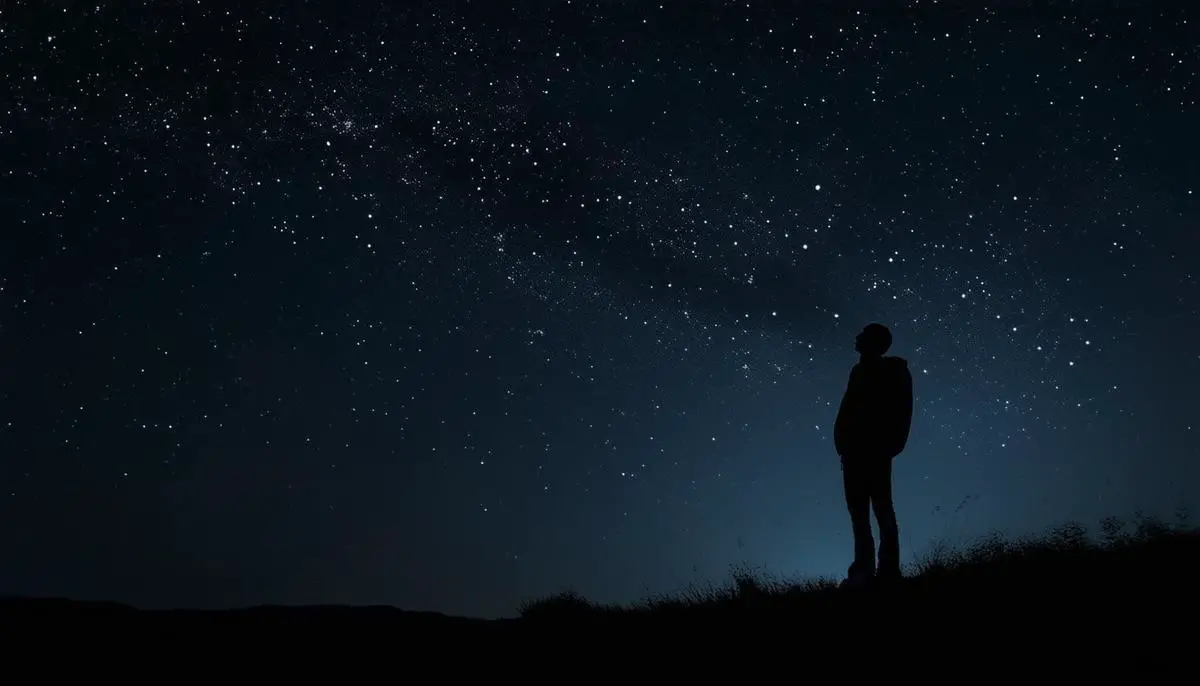
Full Moon and New Moon Impact on Tides
The Moon's gravitational pull plays a vital role in shaping the tides on Earth. The gravitational attraction between the Earth and the Moon tugs at our planet's oceans, causing the water to bulge outwards in the direction of the Moon. This effect is most evident during the Full Moon and New Moon, when the Earth, Moon, and Sun align.
During these phases, we experience "spring tides" — a term derived from the concept of "springing forth." Spring tides occur because the gravitational forces of the Moon and the Sun combine their efforts, pulling together in line. When the Moon is Full or New, the Sun's gravity works in tandem with the Moon's gravitational pull, resulting in higher high tides and lower low tides, amplifying the range of tidal variations. These extreme tides happen approximately twice a month, following the lunar cycle.
The impact of spring tides can be quite dramatic. During these periods, coastal areas might witness water levels rising significantly higher than usual during high tide, as well as exceptionally low levels at low tide. This pronounced tidal range affects marine life and has practical implications for human activities. Fishermen and sailors must account for these variations when planning their ventures, whether it's navigating nearshore waters or scheduling the best times to catch particular fish.
Conversely, during the First and Last Quarter phases of the Moon, the gravitational forces of the Sun and Moon counteract each other, resulting in "neap tides." Neap tides feature less pronounced high and low tides, providing a quieter, more subdued reflection of lunar influence.
This interplay of gravitational forces deeply connects us to the cosmos. Watching the tides flow in and out, sensing the Moon's silent pull, we can feel an intimate link to the universe's rhythm. Recognizing the forces at play enhances our appreciation of the natural cycles that shape our world.

Lunar and Solar Eclipses
Lunar and solar eclipses are extraordinary celestial events that captivate the imagination. These phenomena occur exclusively during the Full Moon and New Moon phases, respectively, each offering a unique spectacle to those who pause to look skyward.
A lunar eclipse transpires when the Earth finds itself aligned between the Sun and the Moon during a Full Moon. Earth's shadow creeps across the lunar surface, resulting in three types of lunar eclipses:
- Total lunar eclipse: A profound event where the entirety of the Moon is enveloped in Earth's umbra or central shadow. The Moon often takes on a mesmerizing reddish hue, a phenomenon known as a "Blood Moon."
- Partial lunar eclipse: Occurs when only a portion of the Moon dips into Earth's central shadow, creating a distinct, dark "bite" taken out of the Moon's bright disk.
- Penumbral lunar eclipse: Subtler still, as it unfolds when the Moon skims through Earth's penumbral or outer shadow. This type of eclipse results in a delicate shading of the lunar surface, often so slight that it may go unnoticed by casual skywatchers.
Solar eclipses, occurring exclusively during the New Moon, are rarer and more dramatic. In these moments, the Moon positions itself directly between the Earth and the Sun, casting a shadow on our planet. These celestial performances are categorized into total, partial, and annular eclipses.
A total solar eclipse is arguably one of the most awe-inspiring natural phenomena. This alignment reveals the Sun's corona, an ethereal halo of plasma extending millions of kilometers into space. Observers within the narrow path of totality experience this stunning, almost surreal darkness, feeling an intrinsic connection to the heavens above.
Partial solar eclipses occur when only a segment of the Sun is covered by the Moon. An annular solar eclipse presents a unique spectacle termed the "ring of fire." This happens when the Moon is too far from Earth to cover the Sun completely, leaving a ring of the Sun's surface visible around the dark silhouette of the Moon.
These celestial occurrences remind us of the profound and intricate dance choreographed in the sky, where light and shadow play across vast distances. They compel us to pause and appreciate the grandeur of the universe, drawing connections between scientific phenomena and the deep sense of wonder they inspire. Observing an eclipse can be a deeply mindful experience, grounding us in the moment and offering a powerful reminder of the interconnectedness and transient beauty of our natural world.
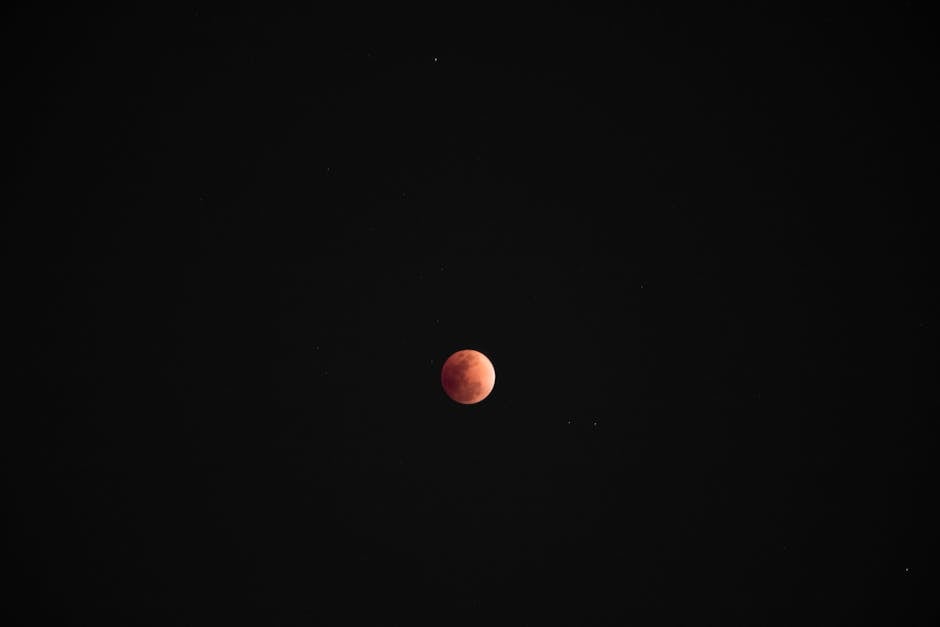
Observing the Moon
Observing the Moon is a deeply rewarding experience that allows us to connect with nature in its purest form, inviting moments of reflection and wonder. Certain strategies can enhance your moon-watching sessions and make them more memorable and enriching.
Timing is a crucial element in moon observation. While the Moon is visible most nights, certain phases offer unique opportunities for observation. For example, during the waxing crescent and waning crescent phases, Earthshine—an ethereal glow on the usually dark portion of the Moon—is most prominently visible. Aim to observe during twilight—the time shortly after sunset or just before dawn—when the sky is dim enough to highlight this enchanting glow against the backdrop of the encroaching night sky.
When seeking to capture the grandeur of a Full Moon, timing again plays a remarkable role. The Full Moon rises at sunset and sets at sunrise, making it visible all night long. For the most dramatic lighting and the most engaging photographic opportunities, try to catch the Moon soon after it rises or just before it sets, when it appears on the horizon.
Location is another critical component. Urban areas with excessive light pollution can dim the celestial experience. Therefore, the best moon-watching spots are often found away from city lights. Parks, rural fields, and mountain ranges offer clearer, darker skies. National parks and designated dark-sky preserves are excellent choices for uninterrupted and vivid views. For a truly serene experience, venture to coastal locations where the reflection of the Moon on the ocean or a lake creates a mesmerizing, mirror-like spectacle.
In addition to ideal timing and location, the weather plays an essential role in moon observation. Clear skies are obviously preferable, as clouds obscure the Moon's surface and features. Avoiding nights with high humidity can increase visibility and clarity since moisture in the air can cause a haze that dulls the lunar light.
Familiarizing yourself with specific lunar features can greatly enhance your observation experience. A good pair of binoculars or a telescope brings the Moon's surface to life, revealing details such as the rugged lunar highlands, expansive maria (basalt plains), and prominent craters. Start with recognizable landmarks like the Sea of Tranquility or the Copernicus Crater, and then gradually explore the countless elements that make up the lunar landscape.
For a more organized exploration, utilize moon maps or astronomy apps which can guide you through the lunar topography. Some apps use augmented reality to overlay lunar features on your phone's display, making it easier to identify and learn about specific areas. Charting the moon's features through a telescope or binoculars can also be a fulfilling activity, connecting you more deeply with the beauty and history etched on its surface.
While observing, take the opportunity to note the Moon's changing positions and phases. Maintaining a moon journal, where you record your observations, sketches, and thoughts, can be a meditative practice that enriches your connection to the lunar cycle. Reflecting on the shifting phases can also foster a deeper appreciation of time and cyclical patterns in nature, grounding your experience in both mindfulness and curiosity.
Finally, remember that moon observation can be a shared experience. Gather friends or family for a moon-watching evening where you collectively explore the lunar landscape, share insights, and experience the wonder of the night sky. Moments spent under the moon's glow can create lasting memories and deepen your shared connections with each other and the universe.
Observing the Moon transcends simple stargazing—it is an immersive experience that combines science, wonder, and a profound sense of peace. By thoughtfully choosing your timing, location, and using the right tools and resources, you can embark on a journey through the lunar stages that brings you closer to understanding and appreciating the celestial patterns that influence and enlighten our lives.
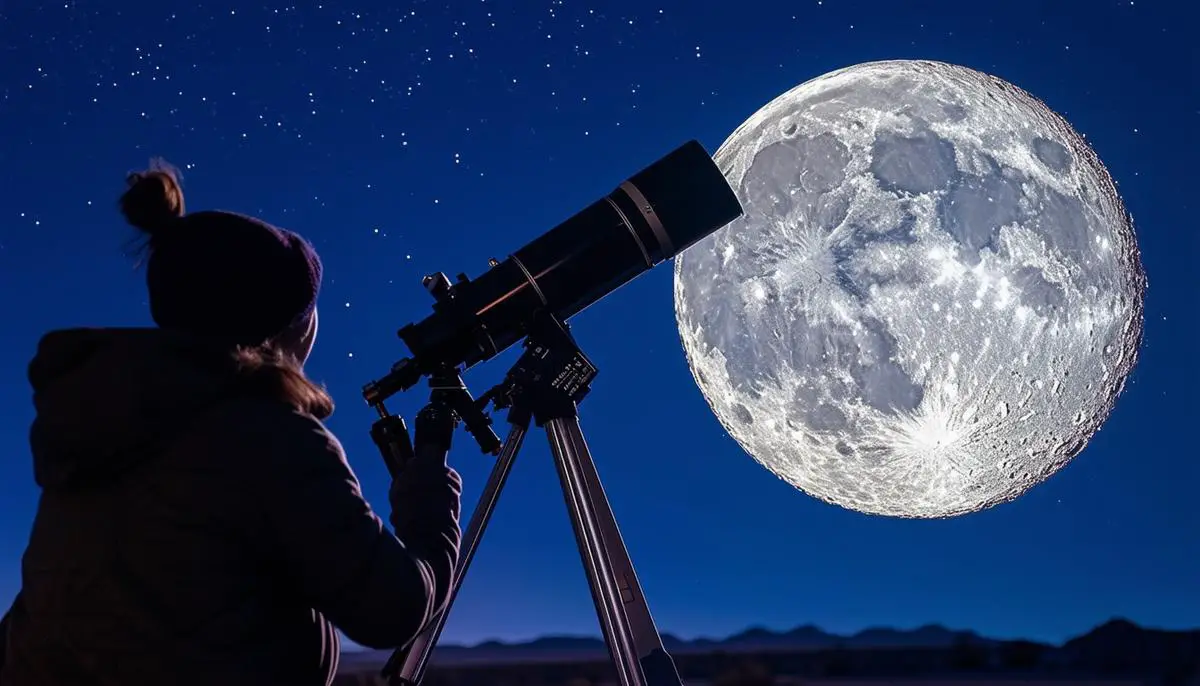
Understanding the phenomenon of the Full Moon and its phases offers a rich tapestry of natural insights. Each phase, from New Moon to Full Moon, carries scientific significance, reminding us of the intricate dance between celestial bodies that shape our world. This awareness deepens our appreciation for these cosmic events and connects us more profoundly to the rhythms of nature.
![]()
